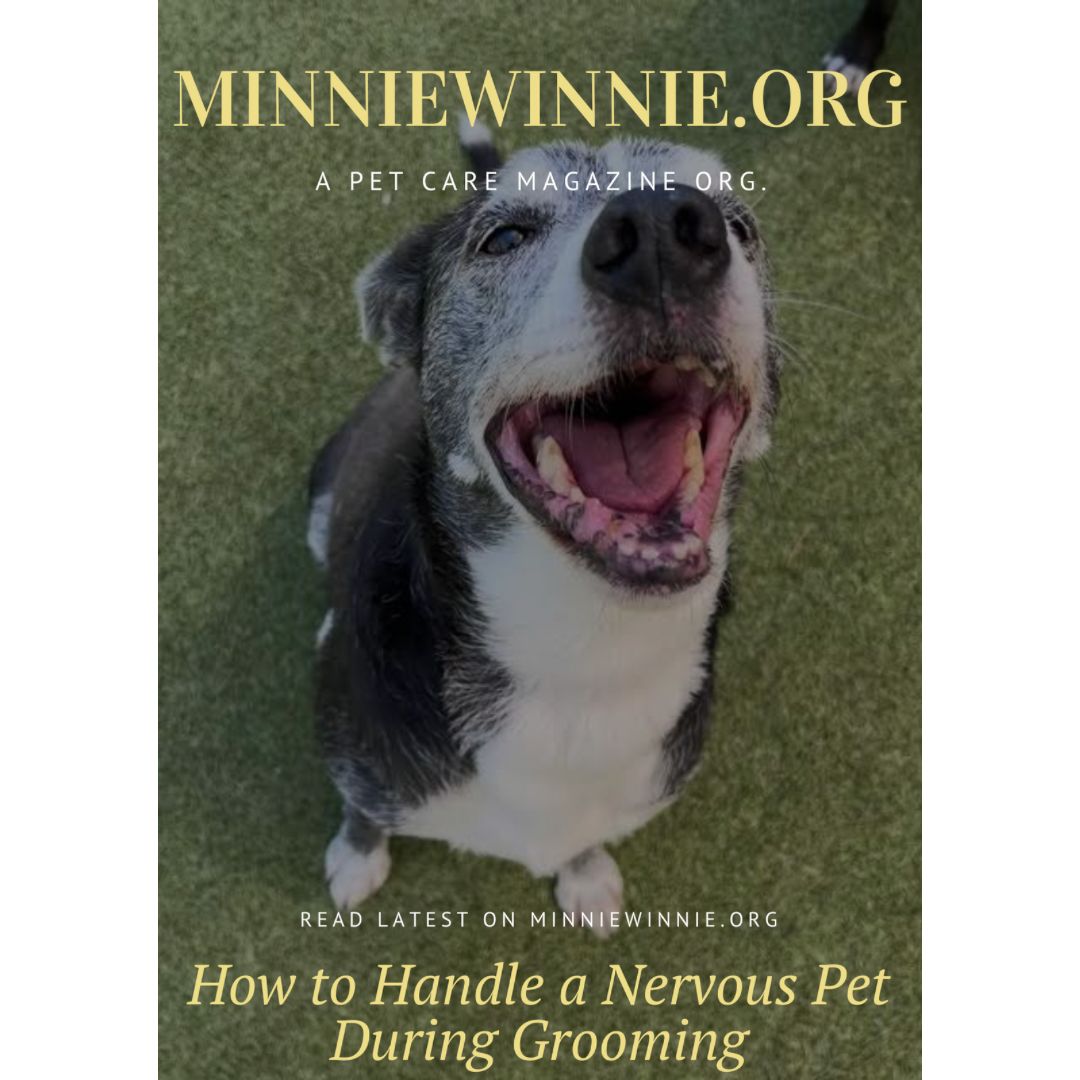How to Handle a Nervous Pet During Grooming
Grooming is an essential part of pet care, but for many pet owners, it can be a challenging experience, especially when dealing with a nervous pet. The process of brushing, trimming nails, or bathing can be overwhelming for pets, leading to stress and anxiety. However, with the right approach and techniques, you can help your pet feel more comfortable and make grooming a more positive experience. Here are some strategies to handle a nervous pet during grooming.
1. Start Early and Gradually
One of the best ways to reduce your pet’s anxiety during grooming is to start the process early in their life. If your pet gets accustomed to grooming as a puppy or kitten, they are more likely to tolerate it as they grow older. However, if you have an older pet who is new to grooming, don’t worry—it’s never too late to start. Introduce the grooming process gradually. Begin with short sessions where you simply touch and handle your pet’s paws, ears, and coat. Gradually increase the duration as your pet becomes more comfortable with being handled.
2. Create a Calm Environment
The environment in which grooming takes place can significantly impact your pet’s stress levels. Choose a quiet, comfortable space where your pet feels safe. Avoid loud noises, sudden movements, or other distractions that might add to their anxiety. Playing soft, calming music or using aromatherapy, such as lavender oil, can also help create a soothing atmosphere.
3. Use Positive Reinforcement
Positive reinforcement is a powerful tool in helping your pet associate grooming with positive experiences. Reward your pet with treats, praise, or their favorite toy during and after the grooming session. This helps create a positive association with grooming, making them more willing to cooperate in the future. Start by rewarding your pet for small steps, such as allowing you to brush their coat or touch their paws, and gradually build up to more involved grooming tasks.
4. Be Gentle and Patient
Handling your pet gently and with patience is crucial, especially when dealing with a nervous animal. Avoid rushing the grooming process, as this can heighten your pet’s anxiety. Use slow, gentle movements when brushing or bathing your pet. If your pet becomes too stressed or agitated, it’s important to take breaks and allow them to calm down before continuing. Remember, the goal is to make grooming a positive experience, not a rushed chore.
5. Get Your Pet Used to Grooming Tools
The sight and sound of grooming tools can be intimidating for many pets. Before you start grooming, let your pet sniff and explore the tools you’ll be using. This helps them become familiar with the objects and reduces fear. If your pet is particularly nervous about specific tools, such as nail clippers or a brush, introduce these tools gradually. You might start by holding the tool near your pet and giving them a treat, then progress to lightly touching them with the tool before using it for its intended purpose.
6. Consider Professional Help
If your pet’s anxiety is severe or if you’re unsure how to handle their nervousness, consider seeking help from a professional groomer or a veterinarian. Professional groomers have experience working with nervous pets and can provide a calm and controlled environment for grooming. Additionally, your veterinarian may be able to recommend strategies or calming aids, such as anxiety wraps or pheromone sprays, to help reduce your pet’s stress.
7. Practice Regular Grooming
Regular grooming not only helps maintain your pet’s hygiene but also makes the process more familiar and less stressful over time. Establish a consistent grooming routine, whether it’s brushing your pet’s coat daily or trimming their nails weekly. The more often your pet experiences grooming, the less anxious they are likely to be.
Conclusion
Handling a nervous pet during grooming requires patience, understanding, and a gentle approach. By creating a calm environment, using positive reinforcement, and gradually introducing grooming tools, you can help your pet feel more at ease during grooming sessions. Remember, the goal is to make grooming a positive and stress-free experience for both you and your pet. With time and practice, even the most nervous pets can learn to tolerate, and maybe even enjoy, their grooming sessions.










